Heads up – Massive Sports Tech Holiday Deals List is Live!!! The Garmin Fenix 8 is $250 off (even the Fenix 8 Pro is $100 off!), the Apple Watch Ultra 3 is on sale, the Garmin inReach Mini 2 is $249, the GoPro Hero 13 Black, DJI NEO, and a ton of other brands/deals, including Wahoo, Oura, Whoop, Polar, Samsung, Google, and more than 100 sports tech deals here!
I’m DC RAINMAKER…

I swim, bike and run. Then, I come here and write about my adventures. It’s as simple as that. Most of the time. If you’re new around these parts, here’s the long version of my story.

You'll support the site, and get ad-free DCR! Plus, you'll be more awesome. Click above for all the details. Oh, and you can sign-up for the newsletter here!
Here’s how to save!
Wanna save some cash and support the site? These companies help support the site! With Backcountry.com or Competitive Cyclist with either the coupon code DCRAINMAKER for first time users saving 15% on applicable products.
You can also pick-up tons of gear at REI via these links, which is a long-time supporter as well:Alternatively, for everything else on the planet, simply buy your goods from Amazon via the link below and I get a tiny bit back as an Amazon Associate. No cost to you, easy as pie!
You can use the above link for any Amazon country and it (should) automatically redirect to your local Amazon site.
While I don't partner with many companies, there's a few that I love, and support the site. Full details!

Want to compare the features of each product, down to the nitty-gritty? No problem, the product comparison data is constantly updated with new products and new features added to old products!

Wanna create comparison chart graphs just like I do for GPS, heart rate, power meters and more? No problem, here's the platform I use - you can too!

Think my written reviews are deep? You should check out my videos. I take things to a whole new level of interactive depth!

Smart Trainers Buyers Guide: Looking at a smart trainer this winter? I cover all the units to buy (and avoid) for indoor training. The good, the bad, and the ugly.
-
Check out my weekly podcast - with DesFit, which is packed with both gadget and non-gadget goodness!

Get all your awesome DC Rainmaker gear here!
FAQ’s
I have built an extensive list of my most frequently asked questions. Below are the most popular.
- Do you have a privacy policy posted?
- Why haven’t you yet released a review for XYZ product you mentioned months ago?
- Will you test our product before release?
- Are you willing to review or test beta products?
- Which trainer should I buy?
- Which GPS watch should I buy?
- I’m headed to Paris – what do you recommend for training or sightseeing?
- I’m headed to Washington DC – what do you recommend for training?
- I’m from out of the country and will be visiting the US, what’s the best triathlon shop in city XYZ?
- What kind of camera do you use?
-
5 Easy Steps To The Site
In Depth Product Reviews
You probably stumbled upon here looking for a review of a sports gadget. If you’re trying to decide which unit to buy – check out my in-depth reviews section. Some reviews are over 60 pages long when printed out, with hundreds of photos! I aim to leave no stone unturned.
Read My Sports Gadget Recommendations.
Here’s my most recent GPS watch guide here, and cycling GPS computers here. Plus there are smart trainers here, all in these guides cover almost every category of sports gadgets out there. Looking for the equipment I use day-to-day? I also just put together my complete ‘Gear I Use’ equipment list, from swim to bike to run and everything in between (plus a few extra things). And to compliment that, here’s The Girl’s (my wife’s) list. Enjoy, and thanks for stopping by!
Have some fun in the travel section.
I travel a fair bit, both for work and for fun. Here’s a bunch of random trip reports and daily trip-logs that I’ve put together and posted. I’ve sorted it all by world geography, in an attempt to make it easy to figure out where I’ve been.
My Photography Gear: The Cameras/Drones/Action Cams I Use Daily
The most common question I receive outside of the “what’s the best GPS watch for me” variant, are photography-esq based. So in efforts to combat the amount of emails I need to sort through on a daily basis, I’ve complied this “My Photography Gear” post for your curious minds (including drones & action cams!)! It’s a nice break from the day-to-day sports-tech talk, and I hope you get something out of it!
The Swim/Bike/Run Gear I Use List
Many readers stumble into my website in search of information on the latest and greatest sports tech products. But at the end of the day, you might just be wondering “What does Ray use when not testing new products?”. So here is the most up to date list of products I like and fit the bill for me and my training needs best! DC Rainmaker 2024 swim, bike, run, and general gear list. But wait, are you a female and feel like these things might not apply to you? If that’s the case (but certainly not saying my choices aren’t good for women), and you just want to see a different gear junkies “picks”, check out The Girl’s Gear Guide too.

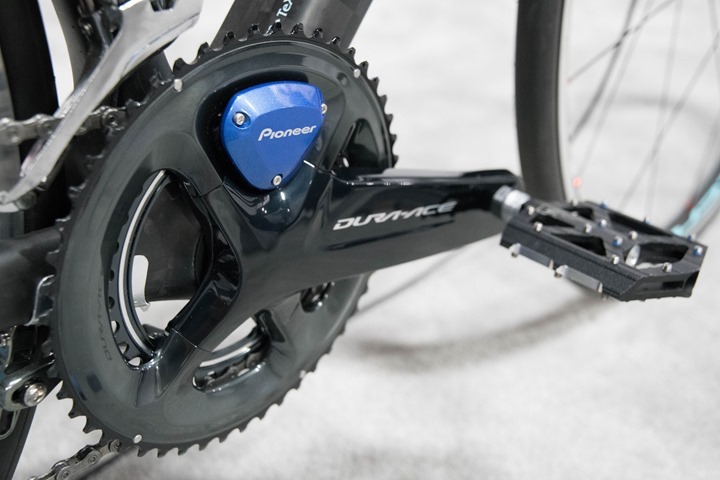
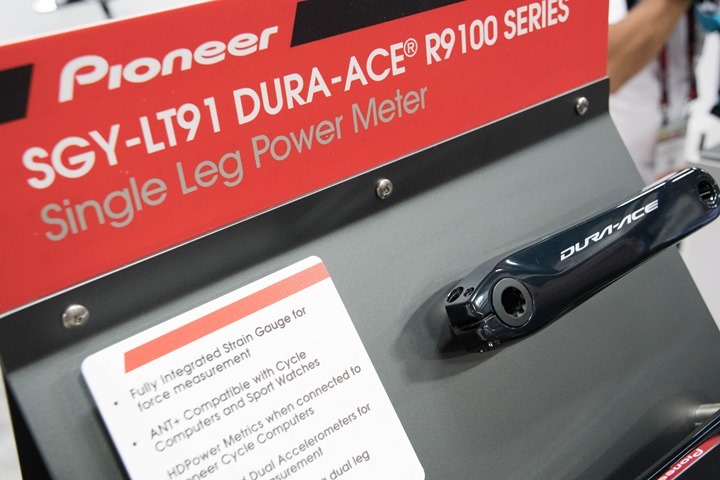

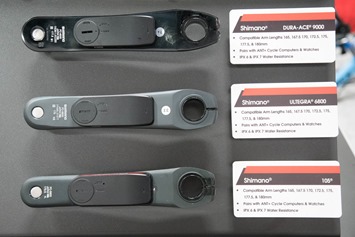
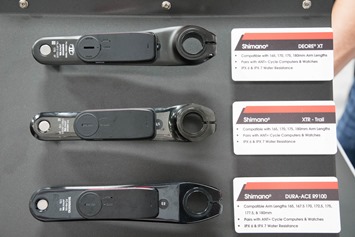
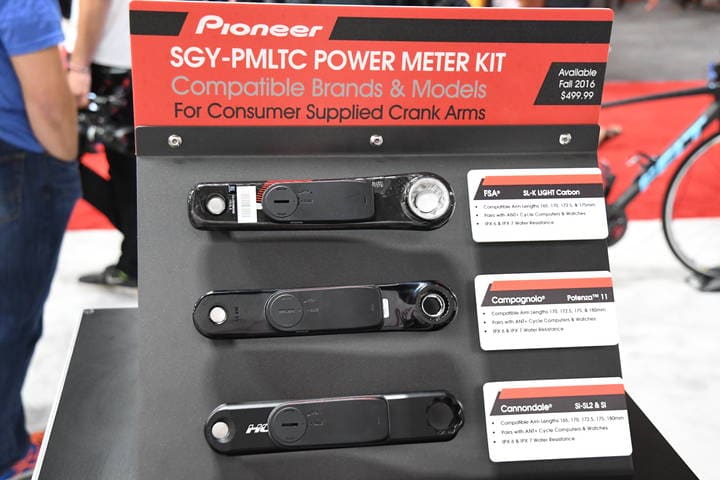
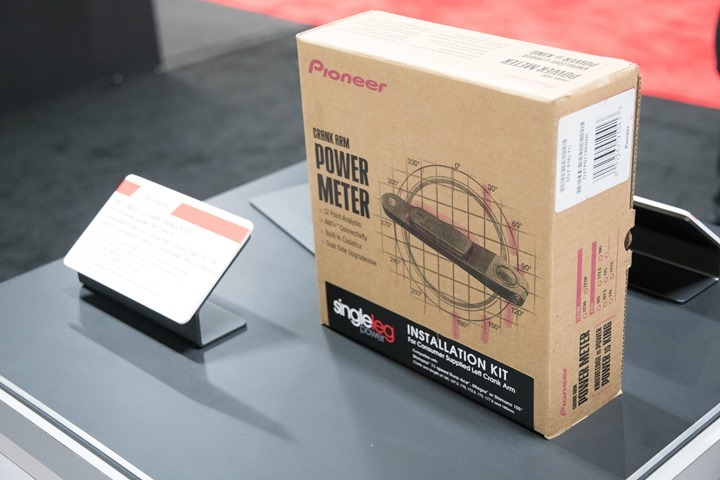
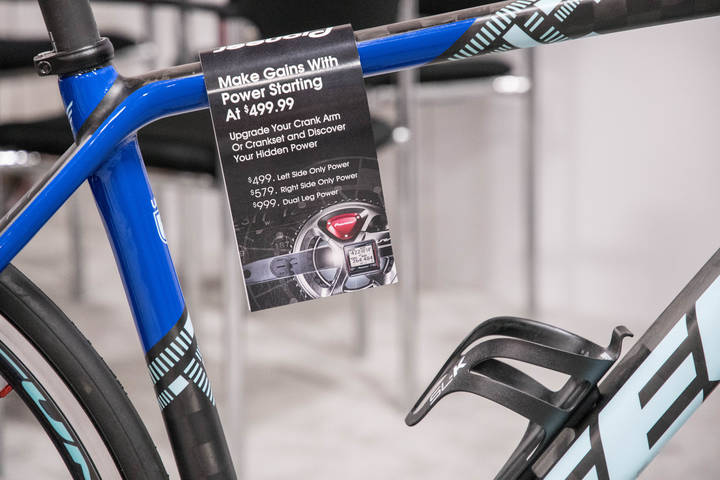
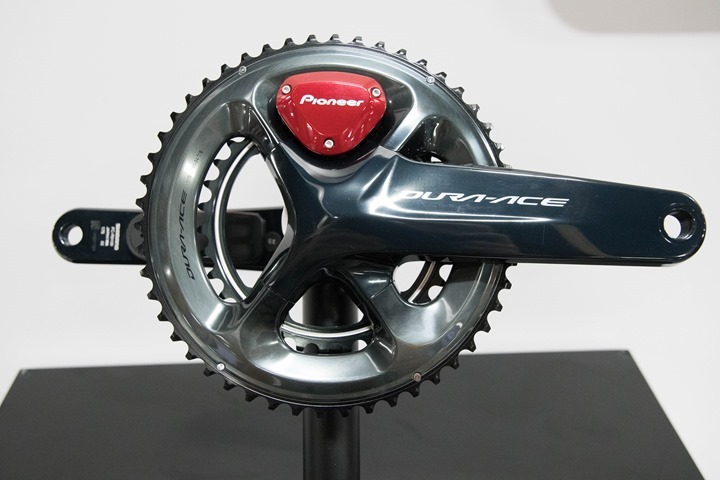
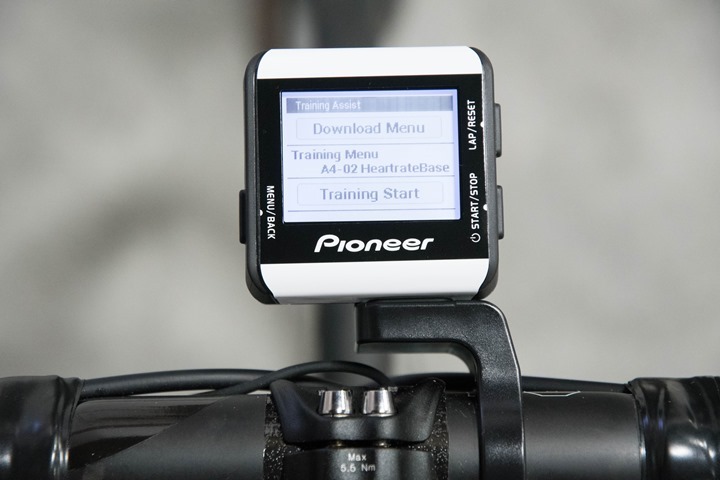

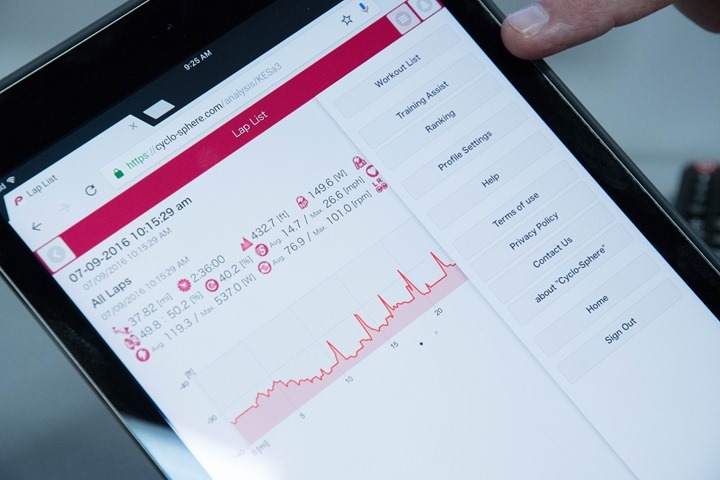
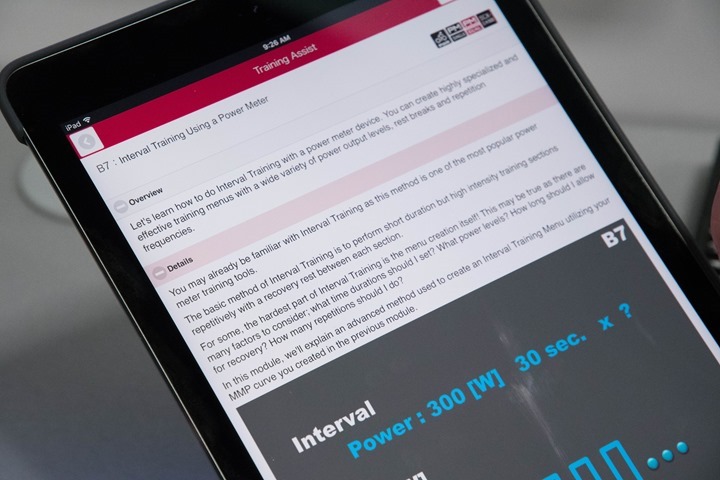
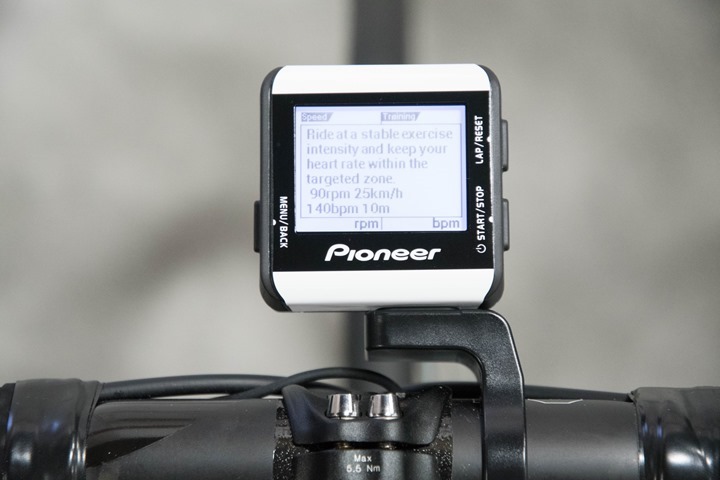

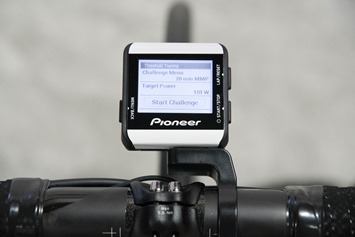
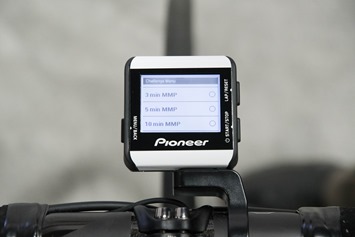
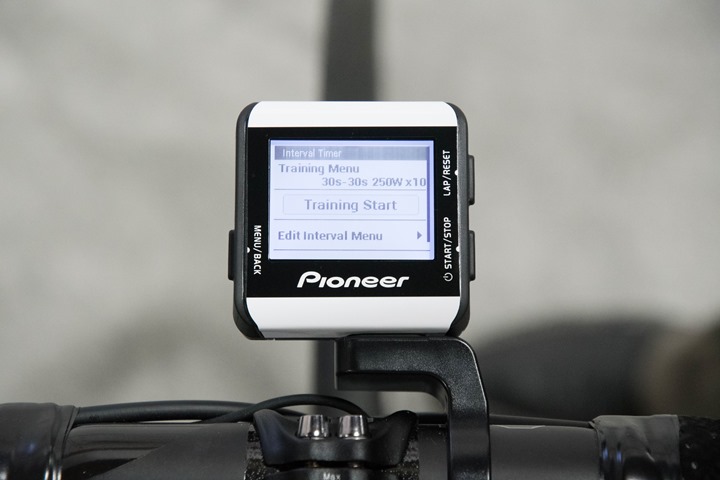
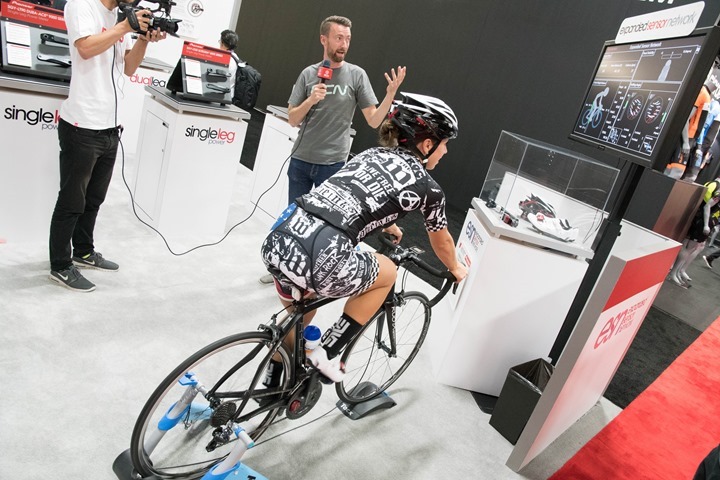


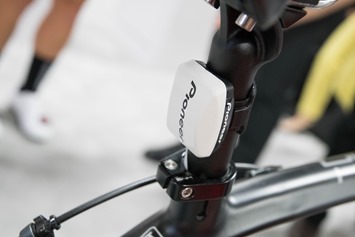
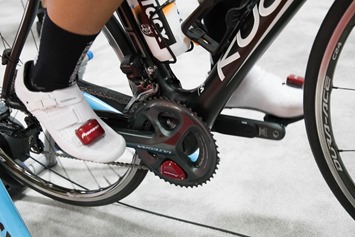
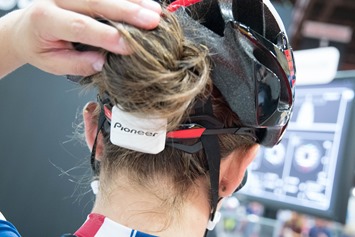






















Interesting indeed! Two thoughts 1) Are they supporting Cannondale SiSl2 with the dual crank option? If so, where do they put the sensor on the drive side? Due to the chainring design the only place I can see is towards the tip of the right crank arm but I can’t see signs of that from the photos. 2) is the send-it-in option available in the UK with decent lead times?
Looks like you got the Dan from GCN talking about the same thing in one of your pictures.
The extended sensor network looks like it could have some interesting metrics.
The Dan Lloyd? Did you know he was on the Cervelo Test team?
Is this Dan Lloyd?
The Dan Loyd. “The” is part of the name. Pronounced “thee”, with emphasis on the “ee” as opposed to “thuh”, with arguably no emphasis at all. Yes, this is The Dan Loyd.
re:
“Adding Campagnolo Potenza offerings: The company will now offer the ability for you to send in your Potenza crank arms and get a pioneer power meter installed on it. This will mark the first power meter company to offer a Campy carbon dual-leg option”
Campagnolo Potenza crankarms are aluminum alloy, not carbon.
999$ send in looks promising. Will it work on ultegra 6700? Available in the uk/europe? Price here?
Joel
Argon 18 had a similar concept at Eurobike – a new TT bike prototype with some 22 sensors – including even one for drag coefficient – not sure if you noticed this one.
Was thinking of that Argon too when I read this. Personally I’d also want knee tracking and upper body angle…
Wondering whether the P1 might actually internally be calculating the foot angle already as they have all electronics in the pedal body, or whether they’d be able to add to their advanced metrics?
Do you know if there are any plans to offer support for carbon Campagnolo? e.g. Super Record?
Hi Ray,
One point to clarify, it looks like some of the options (XT, XTR, FSA SL-K and Cannondale), are only available as left-side kits, not right-only or dual-sided. link to pioneerelectronics.com
This is an issue for me, as my MTB does not have clearance for a crank-mounted sensor/battery pod on the left side, but would on the right side since it has to clear the chain ring.
Oh well, guess I’m still waiting for one of the bottom-bracket options to become available. /:(
Thanks,
Paul
From Interbike in Las Vegas, welcome to the GCN Show!!!
And here is the GCN show covering the Pioneer Expanded Sensor Network: link to youtu.be :)
Ray,
Any thoughts on the Pioneer dual legged versus the 4iiii precision-pro for Dura Ace R91000 cranks?
4iiii doesn’t currently support Dura-Ace R9100, only 9000 or Ultegra/105.
My bad, 4iiii dual sided power is DA 9000 only. No Ultegra/105 at this time.
Since I’m not going to get either one for 4 – 6 months (going on a new bike), I’m assuming that 4iiii will have an R9100 compatible unit (or “certify” the current one for it) out by then.
I guess my more general question is: if I’m not going to get the Pioneer head unit (though I might get the Dash), is there any reason to pay the ~$200 more for the Pioneer over the 4iiii?
I’m glad they started to offer something for Campy owners although I just bought a PowerPod and am happy so far with the results.
Hmmm… $999 to send in my Ultegra 6800 cranks vs. $1079 for carbon crank DZero from Quarq… From what I can find the Quarq solution costs less than Ultegra 6800 crankset, let alone with Pioneer PM on it. Also, Pioneer doesn’t do BT (to include updates over BT), right? So, why choose Pioneer over Quarq? Honestly asking, since I’m making a buying decision… probably after the 26th, ;-)
correction: *weighs*… as in “From what I can find, the Quarq solution *weighs* less than the Ultegra 6800 crankset, let alone with Pioneer PM on it.”
Dual sided Pioneer vs the Quarq DZero isn’t apples-to-apples. Yes, the DZero captures all power, instead of one side and doubling it, but it still doesn’t give left/right metrics. Although left-only or right-only Pioneer isn’t the best comparison either, I think it’s closer.
I’m not arguing Pioneer is your better choice, but if you already own the Ultegra 6800, spending $499 for left-only is certainly MUCH cheaper than the DZero!
Don’t forget that for $1,079 you won’t get the chainrings, just the cranks so you still have to pay for those (i.e. +$150 if you want praxis). You can get ultegra cranksets very cheap online ($150-200) and many bikes ship with shimano cranks as default. Many people prefer shimano cranksets because of the great front shifting. So I think there is definitely a market for it.
Also pioneer is a dual sided power meter and not a spider based one, the pedal stroke analysis feature is a plus too.. Whenever you travel you can just grab your left crank arm and use it as a single sided PM. Of course these features may or may not be important to you.
Ahhh, that’s what I was forgetting: true left/right instead of the whole pedal stroke estimation bit. Thanks for pointing that out!
Yeah, I have 6800 right now, but I also have a set of Praxis rings from a bike I wrecked (without damaging the chainrings). I definitely don’t want left-only, but I tried to think how I’d use a PM on a ride and I thought I would just end up using a total power number (w/3s smoothing), for which I don’t need true left/right (right? Am I off on how useful true left/right is?), but I would want more than just left leg x2. Also, how important is the BT part?… and then there’s weight… and the sexiness of carbon! I don’t travel and bike that much (maybe once every 3 years), but I do like the idea of being able to do that… sigh. Decisions, decisions.
Just did a check on Clever Training… Pioneer does not get the DCR discount (or VIP); we’ve been assured that Quarq does. So, $971 for Quarq, $999 for Pioneer. Just more data for the analysis.
Although I’ve been a happy pioneer user for more than a year now, I don’t use the left / right data regularly. It was fun to look at it occasionally and learn about my imbalance during different efforts, but that’s it. Maybe in the future.
I’d also ask quarq about the weight of the model you want. There might be slight differences between GXP / BB30 versions.
Good luck! I really believe that a PM is a good investment if you want to train better.
So firmware updates, analytics, etc. still require the Pioneer head unit? At additional cost?
Also, no Bluetooth support (thinking Zwift for iOS)?
Lastly, does the right-side power meter sensor support cross-sized chainrings or is 50T the minimum?
This — in the post zwift on ios world — power meter on BLE will become hugely in demand.
Yes; I believe you still need the Pioneer head unit to enable the detailed pedaling dynamics and to update the power meter firmware. Kind of annoying. Would be far more convenient to support Bluetooth for config in future versions.
Pioneer was giving away the head unit for a while with a power meter purchase; no idea if they still do that. If you buy through a local dealer, you can probably convince them to do updates, which should happen fairly infrequently.
With the latest FW you can also see Torque Effectiveness & Pedal Smoothness on Garmin Connect when the PM is in ANT+ mode.
Garmin Connect doesn’t show the fancy diagram/analysis that Cyclo-Sphere does but if you don’t like the Pioneer head unit you don’t have to use it. I read in the Pioneer in-depth review thread that Pioneer also has a PC updater nowadays, so you might not need the head unit for that either. Haven’t confirmed that myself though.
Updater is provided on demand. You need to e-mail them. It is a simple application, allowing you to connect to crank, but after that it is one way info only though, so there is little to see what is going on.
Also no information is provided on current version and what version is going to be uploaded etc., so it will overwrite even if the versions are the same. Not sure what happens to the calibration info.
So it is a bit of a black box.
Used it one time so my experience is limited. It would be good if Pioneer released the updater, incl. how to read current version and provide regular update info, incl version control etc..
Crank (L, Ultegra) is good so far, albeit a little low on readings compared to TACX trainer. Especially on lower powers (which is where I am for now ….)
Hi all,
can you see Torque Effectiveness & Pedal Smoothness on the Edge 820 whilst riding?
cheers!
I never really considered Pioneer as an option for my power meter needs, until this. I may actually look into it now…good read, and thanks!
What happen when swapping chainrings? Is it just the same, or do the electronic need adjusting / sent of for recalibration?
Looks good. Especially happy to see a SISL-2 option!
“Pioneer doesn’t require a magnet, whereas Shimano does.” – is this correct? My understanding was that the pioneer magnet installation and placement was a major hassle so eliminating that would be a big improvement? Can someone confirm?
I also saw that and was wondering the same thing. I have a Pioneer power meter on a Dura Ace 9000 crank, and definitely need the magnets. My power meter is about 1 year old. Unfortunately, the smaller adhesive magnets would not stick well to my titanium frame. So I have two bulky magnets zip-tied to my chain stays. Not the most aesthetically pleasing look. It would be a significant improvement (aesthetically) if the magnets weren’t necessary. The Stages product looks similar to the left-side unit of the Pioneer, but I don’t think they require a magnet to measure cadence.
In reply to my earlier post, I contacted Pioneer to ask about this. Apparently the device can be used without magnets, but you lose the full feature set of measurements/metrics (e.g. some of the force analysis features?). The man at Pioneer made it sound like you lose a significant set of features if run without magnets. I specifically asked about their unit when compared to Stages, which doesn’t require magnets. If I understood correctly, he indicated that their left-only unit would perform like Stages (i.e. without magnets) and deliver comparable metrics.
If I remember correctly, a firmware update added ability to the 2nd generation to use without magnets in power meter Mode (albeit with less accuracy), and to use temporarily without magnets in pedaling monitor mode (to get you back home without completely losing power data, though you will lose the advanced pedaling vector data).
But for whatever reason it seems not to be advertised as such at this moment and I haven’t found any mentioning of this in the current installation/operations manuals (though I haven’t searched that much…).
link to cyclo-sphere.com says:
[…]
*Power measurement can be done without a magnet for Power Meter mode.
• Measurement accuracy will be improved with magnet installation.
[…]
*If a magnet is lost, measurements other than vector will be continued.
• The measurement of power and efficiency will continue to be transmitted and displayed.
• This mode is designed for temporary application. Please reinstall the magnet immediately.
got it – that makes more sense. thank you Mike & Takura
I’ve got an old Wahoo RFLKT+ and thinking it will work as ANT+ to Bluetooth bridge if I wanted to use Pioneer with Zwift on iOS.
What is the flat pedal mounted on the bike in the picture?
@Ray: is that a new head unit (hardware and cosmetics) or is it software upgrades only? Thanks!
Simon
Software only.
Thank you Ray.
Ray,
Any thoughts on Pioneer vs 4iiii precision pro if you aren’t using the Pioneer head unit? Any feature / accuracy benefits for the Pioneer that justifies the price premium over the 4iiii?
If you aren’t using the Pioneer head unit, there’s honestly no reason to get Pioneer over any other left-sided power meter.
Ray,
Thanks as always
I’m curious how this 4iiii left only power meter performs in terms of water resistance.
Stages had and apparently still has some issues in that area.
My local Pioneer (re)seller claims that Stages has a failure/return rate of 12-15% while Pioneer powermeter has a failure/return rate of 1-2%.
When I bought my kit to send in my cranks, interestingly it was not an empty box, but it actually contained all the components & sensors to do the installation onto the crankset. I then shipped all the components to Pioneer to do the installation. Perhaps they this to enable a dealer to do the installation themselves, but I’m not sure why a dealership would necessarily want to take on that responsibility. Or maybe it’s just easier to track inventory that way?
One caveat, I have the full dual-sided Pioneer powermeter (SGY-PM910H2), Ultegra edition. I’m using it with the SGX-CA500. The right side is perfect. The left side doesn’t always transmit its readings. Intermittent dropouts. So it’s annoying to see it sometimes give you full wattage credit and other times just for the right leg. (Now it could be just the install on my travel bike, a Bike Friday. The bike shop is still debugging it.)
Curious if Pioneer will make the shipping of the (dual-sided) Shimano R9100 powermeter(s) in Europe in November. Reached out to Pioneer but unfortunately no response yet …
Strongly considering the dual leg system for my Trek Emonda SLR with Dura Ace 9000. Can anyone confirm clearance with the patch magnets?
Hi all,
can you see Torque Effectiveness & Pedal Smoothness on the Edge 820 whilst riding?
cheers!
Hi have the dual leg pioneer meter running in private ant mode to get the high-frequency pedal torque vector data to the Pioneer CA500 computer, which then also broadcasts the PM data as ant+ for my Edge 810 to pick up. The Edge 810 gets Power, Cadence, and LR balance, but if I remember correctly, I don’t think I’ve ever seen Torque effectiveness and pedal smoothness show up. I added the fields once, but nothing. But I can see that data on the CA500 along with the torque vectors if I want. It’s one more device to charge but once I made the initial connections, it seems to always pair up well and has been reliable. Fun for the data-nerd.
Thanks, Nate,
I had hoped that the Edge 820 would show the values natively in the fields available on the Edge 820 using Ant+.
The pioneer support team have told me that the power meter will
provide left/right pedal smoothness information when paired with ANT+ computer which supports that data field.
Since the Edge 820 supports the field I assumed it would show it.
not sure how important it is but that is a question for a different forum.
cheers!
Am using Pioneer power meter and both Garmin and Pioneer computers.
Short answer: Haven’t tried recently but Pioneer support is correct and they support pedaling metrics in ANT+ mode and it shows on Garmins … unless either of them did something wrong in recent updates.
Long answer: I use them the same way as Nate (had actually requested ANT forwarding long before they implemented it) and can confirm that smoothness and effectiveness are not forwarded by the CA500. But, if I remember correctly, Pioneer did some firmware update long ago that added those two metrics to the ANT+ mode and when I tested back then they did indeed show up on the Garmin units. I don’t remember if the effectiveness values in ANT+ mode were the Garmin definition only considering tangential or the Pioneer definition including radial force; if it is the latter it’s more “complete” information but not comparable with other power meters.
Thanks for the reply, Takura.
If I read your long answer correctly, with recent firmware updates, the pedal smoothness and torque effectiveness (of some sort) do appear on the Garmin units using ANT+, even without using the CA500 computer.
I do not want to buy another computer to get those values on the Edge 820.
cheers!
Is the right side only option the same accuracy as a quarq style power meter?
As opposed to left side only?
I have the same question. I got deal to buy the ride side only. Is it worth it, compared to say a power2max crank?